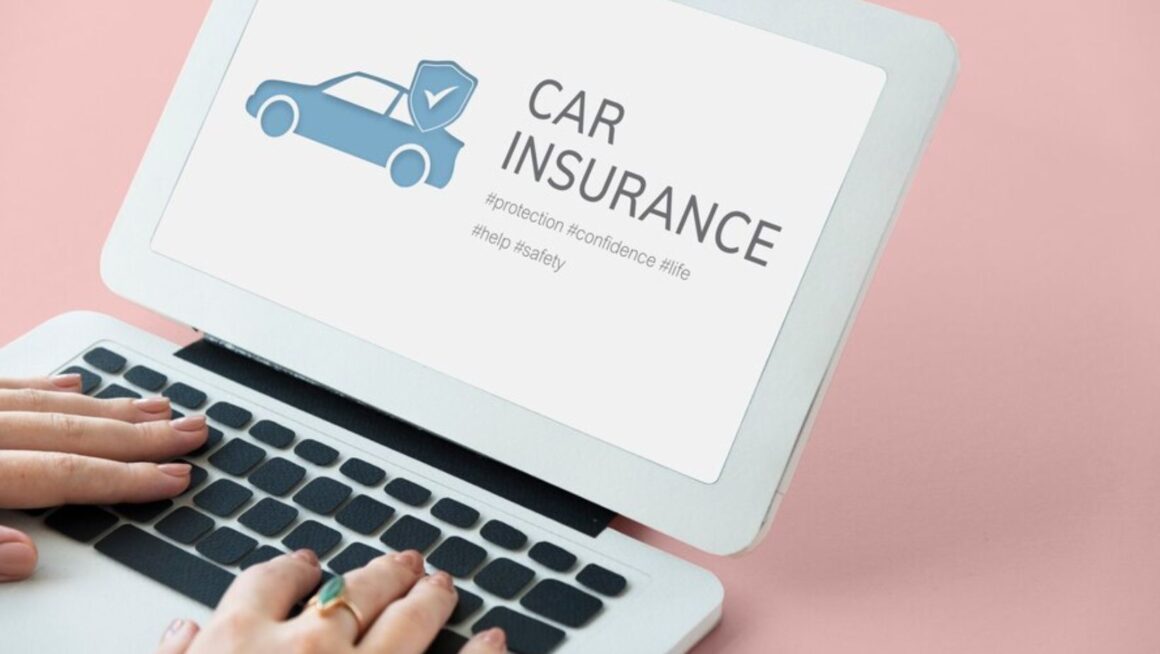Navigating the world of car insurance can be daunting for many drivers. With numerous options available, understanding the nuances of coverage limits and exclusions is vital. Coverage limits refer to the maximum amount an insurance company will pay for a specific type of claim, while exclusions are events or circumstances that are not covered. A clear grasp of these terms can help drivers make informed decisions, ensuring that they choose the most suitable policy for their needs.
Table of Contents
ToggleWhat Are Coverage Limits?
Coverage limits are essentially the cap on how much an insurance provider is willing to pay for a covered loss under a car insurance policy. They can vary based on the type of coverage. For instance, liability coverage limits are separated into bodily injury and property damage, with each limit representing the maximum payout for claims related to both. These caps are crucial because they determine how much financial protection you receive in the event of an accident.
Many policies come with minimum coverage limits mandated by state laws. However, opting for the minimum may leave you exposed to scenarios where damages exceed these limits, potentially leading to out-of-pocket expenses. Understanding your coverage limits can help you choose the right amount of coverage, ensuring adequate protection against significant losses.
Types of Coverage in Car Insurance Policies
Car insurance policies generally break down into several key types of coverage, each with its associated limits. Understanding these can help consumers make better decisions when selecting affordable car insurance policies. Here are the primary types of coverage:
- Liability Coverage: This covers damages for bodily injury or property damage you cause to others in an accident. It usually has two limits: one for bodily injury per person and one for total bodily injury per accident, as well as a limit for property damage.
- Collision Coverage: This pays for damages to your vehicle resulting from a collision with another car or object, regardless of fault. It’s generally subject to a deductible.
- Comprehensive Coverage: This covers damages to your car not resulting from a collision, such as theft, vandalism, or natural disasters. Like collision coverage, it often comes with a deductible.
- Personal Injury Protection (PIP): This covers medical expenses and, in some cases, lost wages for you and your passengers after an accident, regardless of who is at fault.
- Uninsured/Underinsured Motorist Coverage: This optional coverage protects you if you’re in an accident with a driver who has insufficient insurance or none at all.
Understanding Exclusions in Car Insurance Policies
Exclusions are scenarios or events not covered under a car insurance policy, meaning that if a claim falls under an exclusion, the insurance company will not pay for damages or injuries. Familiarizing yourself with these exclusions is crucial for avoiding unexpected surprises when making a claim. Common exclusions include:
Intentional Damage
Any damages caused intentionally or vandalized by the policyholder typically fall outside the coverage parameters. This is a straightforward exclusion that helps insurers avoid fraudulent claims.
Driving Under the Influence
If a policyholder is involved in an accident while under the influence of drugs or alcohol, any claims arising from that incident are usually denied. Insurance companies view this as a breach of the agreement terms.
Non-Permitted Drivers
Many policies stipulate that coverage is only valid if the car is driven by an authorized driver. If someone not listed on the policy drives your car and gets into an accident, claims may be denied.
The Importance of Reading Your Policy
It’s essential for drivers to thoroughly read their car insurance policy to comprehend what is covered and what isn’t. Not understanding the terms, limits, and exclusions can lead to potentially costly mistakes in the future. Be sure to take time to delve deeply into the policy’s specifics. Look for sections outlining the details of coverage, limits, and, prominently, the exclusions.

As policies can differ significantly, it’s advisable to ask your insurance agent about any ambiguities. A clear understanding of your policy empowers you, enabling informed decisions when choosing coverage levels that match your financial situation.
State Regulations and Their Impact on Coverage Limits
State regulations play a pivotal role in determining minimum coverage limits for car insurance policies. Each state has its own laws governing how much liability coverage drivers must carry. For example, some states require a minimum of $25,000 in liability for bodily injury per person and up to $50,000 for total bodily injury per accident, along with property damage coverage. Claiming the minimum coverage may not suffice in a serious accident; thus, understanding your state’s requirements is imperative.
Additionally, fluctuations in state laws can shift drivers to higher coverage limits over time. Consequently, it’s important to stay updated on your state’s regulations, tailoring your coverage as necessary. Ensuring compliance with legal requirements safeguards against penalties and potential financial fallout in the event of a serious incident.
How to Choose the Right Coverage Limits
Choosing the right coverage limits involves assessing various factors specific to your driving habits, financial situation, and risk tolerance. Recognizing the risks you face is crucial; for instance, frequent commuters in high-traffic areas may require higher limits compared to occasional drivers. Similarly, those with substantial assets should aim for higher liability coverage to protect against potential lawsuits stemming from accidents.
Moreover, analyzing your budget is essential. While increasing coverage limits can provide added protection and peace of mind, it may also raise your premiums. Finding a balance between adequate coverage and affordability is key. Consulting with an insurance agent can provide valuable insights tailored to your situation, helping you select a policy to cover your needs without compromising budget constraints.
The Role of Deductibles in Your Coverage
Deductibles represent the amount you pay out of pocket before your insurance begins covering costs. These costs can also influence your overall premiums. Generally, higher deductibles lead to lower premiums and vice versa. Understanding how deductibles affect your coverage limits is essential because you need to be comfortable with paying this amount in the event of a claim.
When choosing a deductible, consider your financial situation and risk appetite. If you save up for emergencies and can afford a higher deductible, it may lead to long-term savings on premiums. However, if you prefer to minimize immediate costs and can handle higher premium payments, a lower deductible could be a better fit.
Consequences of Insufficient Coverage
Insufficient coverage can have dire consequences for drivers. If an individual is involved in an accident where damages exceed their liability limits, they may be personally responsible for the excess amount. This can lead to significant financial distress and the potential for legal action against them. Furthermore, accidents often result in additional, unforeseen costs, such as medical bills, lost wages, and property repairs. Without adequate coverage, these expenses can become an overwhelming burden.

In extreme cases, insufficient coverage can result in the loss of personal assets as well. Homeowners may find their property put at risk if they face substantial claims that exceed their insurance limits. To ensure financial stability, understanding how much coverage is necessary in relation to assets and potential risks is essential for all drivers.
Evaluating and Updating Your Policy Regularly
Regularly reviewing your car insurance policy is a best practice to ensure it continues to meet your needs. Life circumstances change, and so do state regulations and insurance products. Changes in marital status, buying a new car, or moving to a different area can affect your coverage needs. By conducting periodic reviews, you can adjust coverage limits and exclusions to align with your current situation.
Additionally, as market conditions fluctuate, higher premiums may push you to seek alternative policies that provide similar coverage at more affordable rates. Being proactive in adjusting these terms ensures that you are consistently getting the best value for your insurance investment.
Investing time in understanding coverage limits and exclusions in car insurance policies is imperative. Armed with this knowledge, drivers are better equipped to choose policies tailored to their needs, ultimately resulting in more effective financial protection.





























































